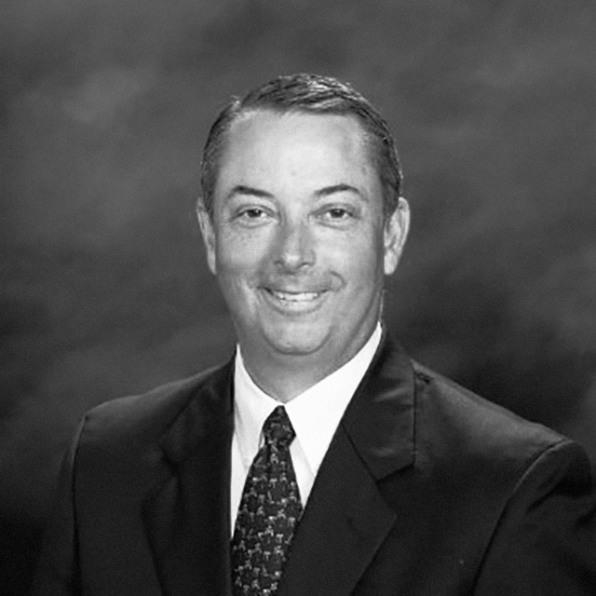About 20 veterans a day commit suicide, according to the Department of Veterans Affairs. But that number is probably far higher if you factor in those less than honorably and dishonorably discharged, which the VA doesn’t include in its statistics.
In general, these deaths often have contributing factors that are recognized in hindsight, say, depression or substance abuse, and maybe access to a firearm. But that doesn’t really tell much about who the person was or how they interacted with their community.
A $3.5 million research initiative led by the nonprofit veteran services group America’s Warrior Partnership, along with the University of Alabama and the Bristol-Myers Squibb Foundation, aims to change that by first tracking all of the local-level risk factors that lead to veteran suicides, and then creating a holistic plan to help communities prevent more of them.

Jim Lorraine, the president and CEO of America’s Warrior Partnership (AWP), considers this a new kind of sorely needed battle plan. By his count, there are 21 million former military service people in America, but the VA only serves about half that number. “It’s a general way to say it, but we can move from fishing for those veterans who might take their life, to hunting for [them],” he says. (Lorraine is the former Deputy Command Surgeon for the United States Special Operations Command, so prone to militaristic terminology.)
The initiative, dubbed “Operation Deep Dive,” has two phases. In 2018, researchers will generate a basic profile of who is suffering, which starts by looking at all of the country’s suicides over the last five years. Each death can be crosschecked against the Department of Defense’s databases to determine if the age, gender, and discharge status is a match. At the same time, Department of Veterans Affairs will track who was eligible for its health programs and if they actually used them. Lorraine suspects this may prove an obvious point: Those without a support system generally fair worse in the world at large.
Then the question becomes: How do you better provide those services? To figure that out, Deep Dive will search for clues from AWP’s own model for veteran empowerment. Since 2012, the group has built out a local-level support network that’s active in seven cities including Atlanta, Charleston, Cleveland and Buffalo, and wider areas like the Florida panhandle and the state of Minnesota. It uses a “community integration” approach, seeking out all of the veterans who live in each area regardless of their discharge status, and then figuring out how that troop might work together to benefit each other.
In some cases, that means referring people with mental health issues or who are homeless to the right VA program or community group, which is extremely helpful for those whose discharge status doesn’t enable them to have military benefits. In others, it means growing band of stable vets who might want to give back, too, enabling the creation of new jobs, advocacy for better public policy around homelessness, perhaps new philanthropic aid programs, and supportive friendships for others in the area.
Logistically everyone within the network is connected through a cloud-based management platform called Warrior Serve, which is built on Salesforce software. “Communities have told us. ‘This has transformed everything that we do. It’s brought the community together. It allows us to communicate and to coordinate without making numerous phone calls,’” he says. “They’re able to know when cases are open, when cases are closed, and that the veteran is moving forward.”
In cities where AWP is already active, the group will spend three years using its platform and additional research to perform “socio-cultural autopsies” at the time that any new death is reported. The idea is to retrace the steps of any veteran who commits suicide to figure out how they lived during their last year, including where they lived, what aid they received, where they struggled, and what daily routines might have been destructive.
The ultimate goal, Lorraine says, is to track behavioral change “not from the top down, but from the bottom up.” Each death, while tragic, can be part of a more hopeful map. “We’ll overlay the geography, the time of year, the atmospheric conditions, what was happening outside of the veteran’s life at the time,” he says, in hopes of spotting patterns that can hint to where a tightly networked community can put more resources or attention.
Lorraine says it’s about spotting early warning triggers and disarming them. If the theory works, it can be replicated by the group in other communities, or by other community groups who want to take the lead themselves.
“One of the things that we say is you never helped anyone you didn’t know,” he says. “And there are far more veterans who are unknown to their community or who are interested in giving back. That’s where the strength of the community program comes in. Not only are you serving those who are looking for help, but you’re giving opportunities to those who want to serve.”
Correction: The article originally misstated the budget of the initiative.
Fast Company , Read Full Story
(33)